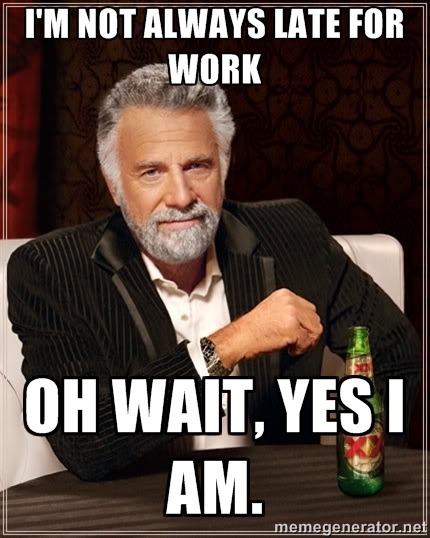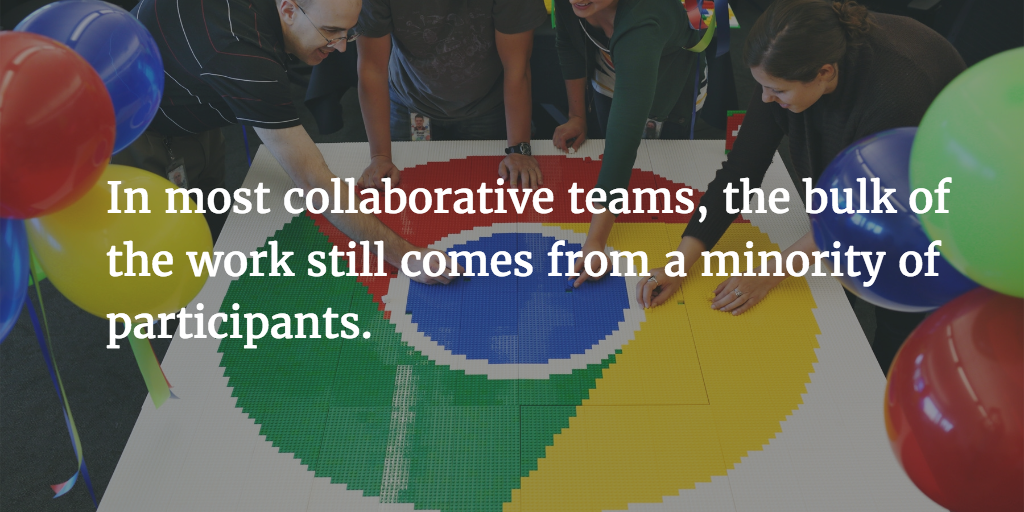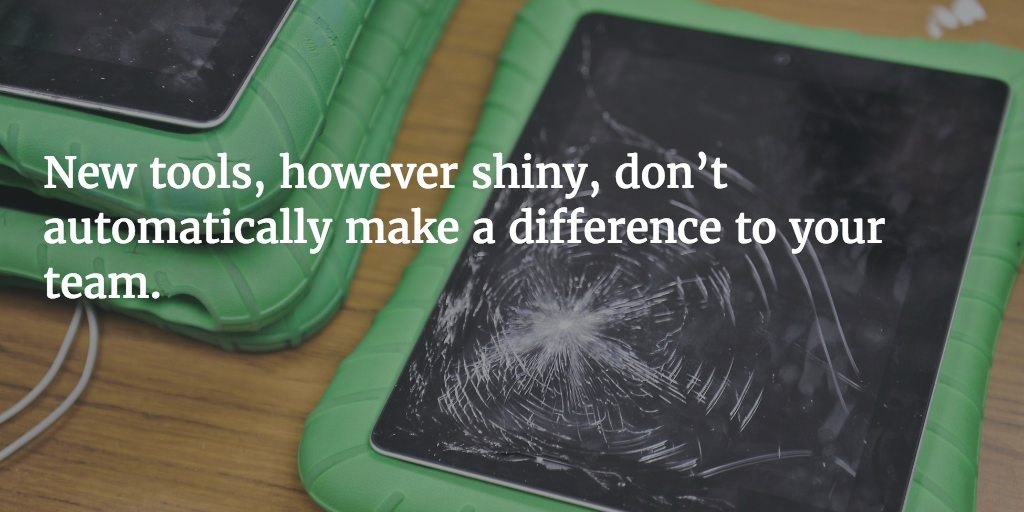Over time, teams develop bad habits that hurt productivity. They slowly stop adhering to processes. They let standards slide. They communicate less. What’s worse is that as these bad habits creep in slowly over time, you can forget that your team is even doing them. Productivity suffers and no one even notices.
The problem is only exacerbated for remote teams. It’s hard enough for any group of people to stick to a regimen of healthy team habits. But when individuals don’t see each other every day, and they’re not regularly checking in to make sure everyone is adhering to office-wide standards, the slow creep of bad habits is even more dangerous, and leads to poor productivity.
All too often, working remotely means working separately. That leaves you without regular times to check in, re-assess how the team is doing, and make the necessary changes to reach peak functionality.
If you want to get things done without getting a professional productivity expert I have some amazing tips for you.
Enter New Years. Here’s your chance to make adjustments and define the tone for the next 12 months. That’s why so many companies introduce a yearly theme when everyone comes back from the holidays.

In 2016, resolve to take on these fundamental problems that plague teams at work—especially remote teams. They’re what Patrick Lencioni calls the 5 Dysfunctions of a Team, and they lay out the main reasons teams aren’t as productive as they could be, why so many aren’t aware of them, and what they can do to fix them. Here’s how.









